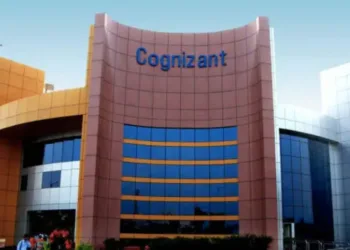Tata Steel, India’s steel giant, is blazing a trail in the industry with an aggressive plan to expand its production capacity by an additional 7 to 7.5 million tonnes (MT) across its Indian operations. This expansion reflects Tata Steel’s confidence in India’s long-term steel demand and its commitment to sustainable, low-carbon steelmaking technologies.
Table of Contents
Tata Steel Expansion Pipeline Overview
Why This Expansion Matters
- Strategic Brownfield Growth: Tata Steel’s expansion favors brownfield projects, enabling faster execution post-clearance due to existing infrastructure.
- Sustainability Focus: The expansion integrates advanced technology for eco-friendly steelmaking, notably at Kalinganagar, reducing fuel consumption and carbon footprint.
- Economic Impact: This capacity surge contributes to India’s steel production growth and supports sectors like automotive, infrastructure, shipbuilding, and defense.
- Industry Leadership: Tata’s commitment to 7–7.5 MT additional capacity places it ahead in India’s steel supercycle, showcasing resilience amid global market uncertainties.

Key Project Insights
- Kalinganagar Expansion: The largest single-site steel plant in India has ramped up from 3 MTPA to 8 MTPA with an investment of ₹27,000 crore. The new blast furnace at Kalinganagar is the largest in the country with eco-friendly design features like top combustion stoves for efficient fuel use.
- Neelachal Enhancement: Awaiting critical environmental clearances, the Neelachal plant is poised to add 2.3 MT annually, with engineering and planning significantly advanced, promising faster turnaround post-approval.
- Meramandali Debottlenecking: Incremental throughput enhancements aim to increase production initially from 5 MT to 6.5 MT, with longer-term targets reaching 10 MT using brownfield expansion pipelines.
- Ludhiana EAF Project: This reflects Tata Steel’s future-aligned shift toward electric arc furnace steelmaking, which supports the company’s low-carbon strategy. The 0.8 MT capacity project is expected to be operational by 2026.

Tata Steel’s Expansion in Context
The expansion complements Tata Steel’s global footprint as the second-most geographically diversified steel producer. It signals strong confidence in India’s steel market, which is expected to grow robustly supported by infrastructure development and green industrial policies.
Advanced steelmaking and increased capacity also align with India’s long-term goals of self-sufficiency and sustainable manufacturing, ensuring that Tata Steel remains a cornerstone of India’s economic growth story.
FAQs
Q1: What makes Tata Steel’s capacity expansion significant for India?
Q2: How does Tata Steel ensure sustainability with its expansion plans?
Tata Steel integrates eco-friendly technologies, like advanced blast furnaces with optimized fuel consumption at Kalinganagar, and the adoption of electric arc furnace technology in Ludhiana, reducing carbon footprints and aligning with global decarbonization trends.








